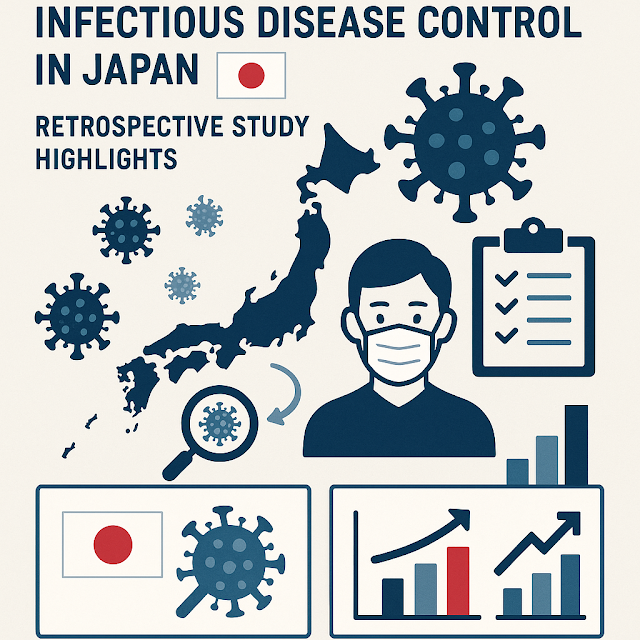INTRODUCTION
Sepsis is a life-threatening condition resulting from a dysregulated immune response to infection, with high rates of morbidity and mortality worldwide. In recent years, a novel form of programmed cell death known as ferroptosis, driven by iron-dependent lipid peroxidation, has emerged as a critical contributor to the progression of sepsis. Microcystin-LR (MC-LR), a potent hepatotoxin produced by cyanobacteria during algal blooms, has shown the ability to disrupt multiple organ systems and may exacerbate sepsis outcomes. The interactions among MC-LR exposure, ferroptosis mechanisms, and sepsis pathogenesis are not fully understood, posing a challenge in clinical management. Clarifying these interactions is essential for developing novel therapeutic strategies aimed at mitigating the severity of sepsis, especially in populations exposed to environmental toxins like MC-LR. This review focuses on the underlying mechanisms by which MC-LR-induced ferroptosis contributes to sepsis, setting the foundation for innovative research and clinical translation.
MOLECULAR PATHOGENESIS OF SEPSIS EXACERBATED BY MC-LR
MC-LR has been implicated in amplifying the molecular cascades that drive sepsis progression, especially through its ability to initiate cellular stress and death pathways. MC-LR binds to serine/threonine protein phosphatases, leading to hyperphosphorylation of cellular proteins, mitochondrial dysfunction, and reactive oxygen species (ROS) generation. In septic patients, this biochemical disruption may intensify the cytokine storm, endothelial damage, and vascular leakage characteristic of severe sepsis. Moreover, MC-LR exacerbates oxidative stress, an established hallmark of sepsis pathology, compounding multi-organ failure. Understanding how MC-LR interacts with host cellular pathways can inform the development of molecular diagnostics and therapeutic interventions targeting the root biochemical disturbances.
FERROPTOSIS: THE KEY CELL DEATH MECHANISM IN TOXIN-INDUCED SEPSIS
Ferroptosis is gaining recognition as a central player in the pathogenesis of toxin-mediated organ injury during sepsis. Unlike apoptosis or necrosis, ferroptosis is defined by the accumulation of lipid peroxides and dependency on iron. In the presence of MC-LR, studies have shown enhanced lipid peroxidation and decreased expression of glutathione peroxidase 4 (GPX4), a critical inhibitor of ferroptosis. These molecular signatures suggest that ferroptosis is not merely a consequence but a driving force of MC-LR-induced tissue damage. Investigating the ferroptotic landscape during sepsis could uncover biomarkers for early diagnosis and therapeutic targets to reduce cell death and improve outcomes.
ORGAN-SPECIFIC EFFECTS OF MC-LR VIA FERROPTOSIS IN SEPSIS CONTEXT
Sepsis affects multiple organs, including the liver, kidneys, heart, and lungs, and MC-LR-induced ferroptosis appears to contribute uniquely to dysfunction in each of these systems. In the liver, MC-LR potentiates hepatocyte damage via iron overload and mitochondrial failure. In the kidneys, it induces acute tubular necrosis through ferroptosis, while in the heart, it can disrupt myocardial energetics. These organ-specific susceptibilities highlight the necessity of targeted research focusing on ferroptosis signaling in different tissues. Unraveling these mechanisms may enable tissue-specific interventions to halt the cascade of dysfunction initiated by MC-LR in septic environments.
CURRENT GAPS AND CHALLENGES IN MC-LR-FERROPTOSIS-SEPSIS RESEARCH
Despite promising evidence linking MC-LR, ferroptosis, and sepsis, there remain critical gaps in our understanding. Few studies have longitudinally assessed the impact of chronic low-dose MC-LR exposure in at-risk populations, nor have the interactions with bacterial endotoxins been fully characterized. Additionally, ferroptosis biomarkers are not yet validated for clinical use, limiting translational applications. The role of iron metabolism dysregulation in human sepsis patients with environmental toxin exposure is also underexplored. Addressing these challenges requires interdisciplinary research combining toxicology, immunology, and critical care medicine, with a focus on translational outcomes.
POTENTIAL THERAPEUTIC STRATEGIES AND FUTURE DIRECTIONS
Given the pivotal role of ferroptosis in MC-LR-induced sepsis, emerging therapies targeting this cell death pathway offer hope. Ferroptosis inhibitors such as ferrostatin-1 and liproxstatin-1, antioxidants like N-acetylcysteine, and iron chelators may mitigate tissue damage and systemic inflammation. Moreover, environmental surveillance for MC-LR contamination, combined with early diagnostic screening in sepsis patients, could inform personalized therapy. Future research must focus on validating ferroptosis modulators in clinical trials, while public health initiatives should aim at reducing MC-LR exposure in vulnerable communities to curb sepsis risk at the source.
🔗 Visit: https://infectious-diseases-conferences.pencis.com
🏅 Nominate Now: https://infectious-diseases-conferences.pencis.com/award-nomination/?ecategory=Awards&rcategory=Awardee
📝 Register: https://infectious-diseases-conferences.pencis.com/award-registration/
📩 Contact: infectioussupport@pencis.com
Hastags;
#Sepsis, #Ferroptosis, #MicrocystinLR, #SystemicInflammation, #IronMetabolism, #LipidPeroxidation, #OxidativeStress, #CellDeathPathways, #EnvironmentalToxins, #SepsisMortality, #OrganDamage, #CytokineStorm, #Hepatotoxicity, #BacterialInfection, #InnateImmunity, #MC-LRExposure, #RedoxBiology, #TherapeuticTargets, #CriticalCareResearch, #PathogenesisInsights















